Dinh Well was just restored by the people of Mai Loc 2 and Mai Dan villages in 2024 - Photo: ANH VU
Bang Son village well, Cam Nghia commune, also known as Phuong well, is one of the oldest wells in Cua area. According to the village elders, this well was built about 500 years ago. After a long period of abandonment and silting up, the villagers have now contributed their efforts and money to restore and embellish it, believing that the village well is a symbol of life, a dragon vein, and a traditional cultural beauty of the village.
“Our ancestors used to call this well the dragon vein. Whether people could make a living or not, whether people could live in peace or not, all depended on this water source. Over time and war, many parts were filled in and damaged, so the villagers contributed their efforts and money to repair it,” said Mr. Nguyen Van Tuyen, from Bang Son village.
According to preliminary statistics, there are about 15 ancient wells in the Cua area. The elders here said that most of the wells in the Cua area that are hundreds of years old are Cham wells, made of honeycomb stone and pearl wood, only more than 1 meter deep but full of water all year round. This ancient well system is located at the foot of hills at different slopes, and the ancients used honeycomb stone to arrange according to their intention to take advantage of the underground water flows in the ground to serve drinking, daily life and production. Some wells below have two bottoms made of pearl wood, which are still sturdy even after hundreds of years. For hundreds of years, no matter how droughty the weather is, the water source from these ancient wells has never dried up, is still clear, cool in the summer but very warm in the winter.
Mr. Nguyen Van Hieu, Head of Mai Loc 2 Village, Cam Chinh Commune, said that according to the map of Mai Loc Village in the year Canh Ty (1900), Cam Chinh had 11 ancient wells. This system of wells all had quite similar structures, made of laterite and mother-of-pearl; each well had two parts, the inner well and the outer well. The inner well was used to get water for drinking, while the outer well was used for bathing and washing.
“The villages in Cua have a history of hundreds of years. In the past, when there was no tap water or wells, the whole village used water from ancient wells. Every day, they carried their poles to the wells to get water for their meals and daily activities. Today, the villagers consider this a treasure left by their ancestors, the dragon vein of the village, which partly determines the fortunes and misfortunes of the village, so everyone cares to protect and preserve it,” said Mr. Hieu.
According to many people in the Cua area, in 1885, when King Ham Nghi left the Hue capital and stayed at Tan So Citadel (Mai Dan village, Cam Chinh commune), soldiers came to these ancient wells to get water for the king's daily use.
Nowadays, most of these ancient wells have been restored and embellished by the people to be quite similar to the original. This policy has been very well received by the people, many villages have contributed, called for socialization, and children far from home to support tens of millions of dong to restore the village wells.
Typically, Dinh well, in Mai Dan village and Mai Loc 2, Cam Chinh commune, after a long time of being almost completely filled up, in 2024, officials and people of both villages agreed to contribute money as well as call for socialization to restore and renovate with a total cost of nearly 100 million VND.
Chairman of Cam Chinh Commune People's Committee Nguyen Van Ha said that in recent years, especially since the implementation of the National Target Program on New Rural Construction, local authorities have made efforts to propagate and mobilize people to restore and embellish the ancient well system in the area. This policy has also received high response from the people.
On average, the cost to restore and embellish each well as it is now is about 50-100 million VND, but the people have mobilized internal resources as well as called on their children to contribute labor and money to carry out the work. Currently, in Mai Loc 1 and Mai Loc 2 villages alone, there are 4 ancient wells that have been restored and embellished by the people, including: Cay Thi well, Cay Bang well, Dinh well and Cay Dau well. In addition, there is another well that is being prepared for restoration.
“The Resolution of the Cam Chinh Commune Party Congress for the 2025-2030 term has included the task of continuing to renovate and embellish ancient wells that have not been completed with the motto of the State and the People working together. On that basis, connections will be built with destinations for tourists coming to Cua region to offer incense at the Temple of King Ham Nghi, then visit the ancient well system, ancient tea gardens and enjoy Cua chicken cuisine , aiming to develop community tourism in the commune,” Mr. Ha added.
For generations, the image of banyan trees, wells, and communal houses has created a peaceful picture of the Vietnamese countryside. These images have entered the subconscious of the people, becoming symbols of spiritual value for many villages and communes. The restoration of ancient wells in the Cua area is not only to preserve and maintain a traditional cultural feature, reminding the younger generations to always remember their roots, but also opening up a sustainable direction for the development of ecological and community tourism for this land.
Mr. Vu
Source: https://baoquangtri.vn/khoi-phuc-he-thong-gieng-co-o-vung-cua-194111.htm


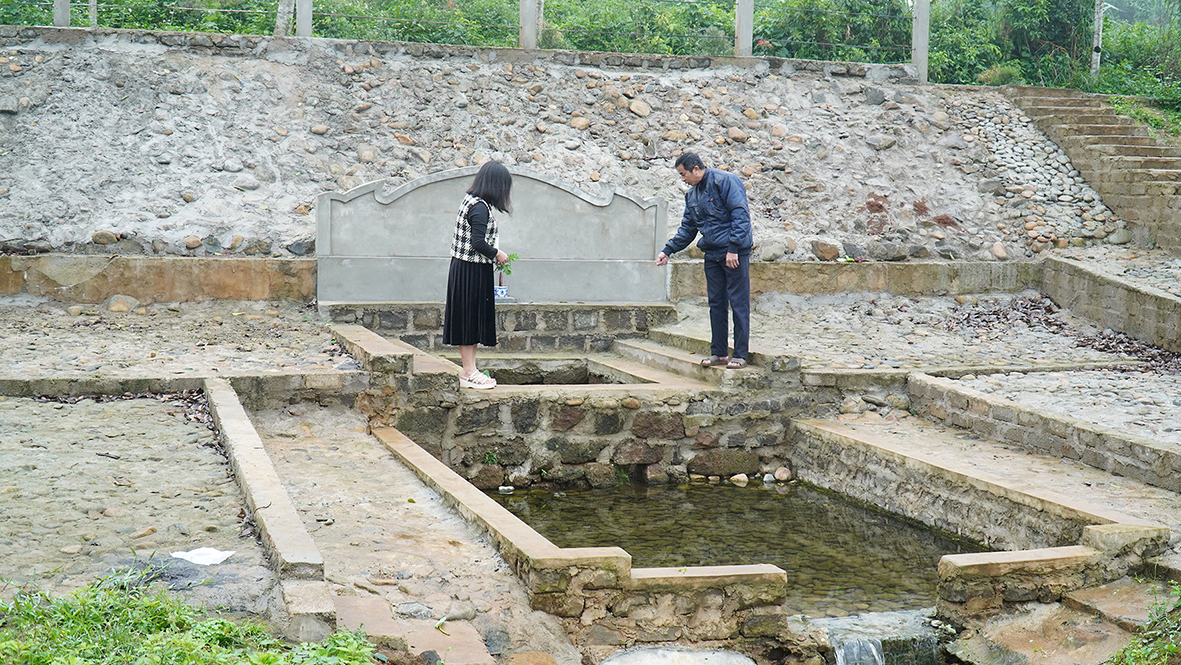








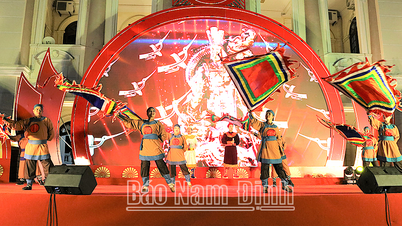

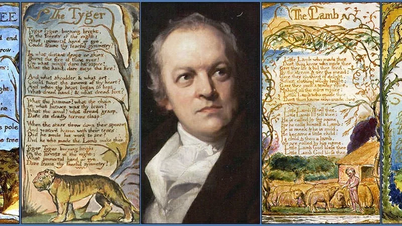










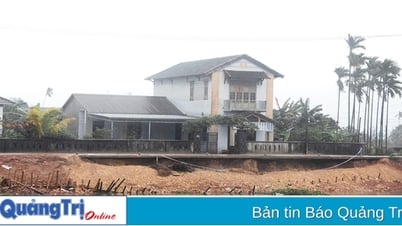
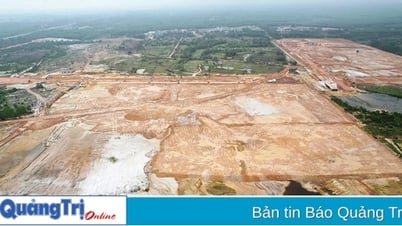


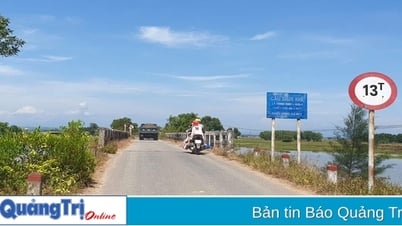




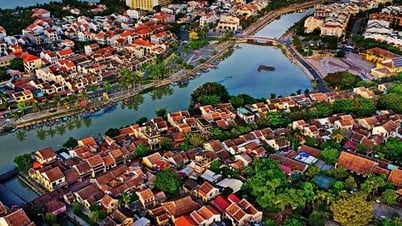

































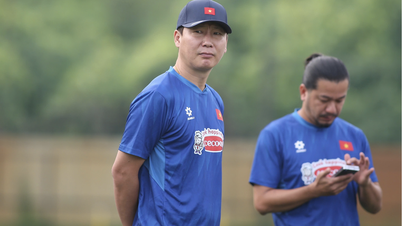




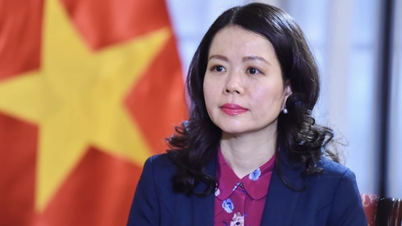







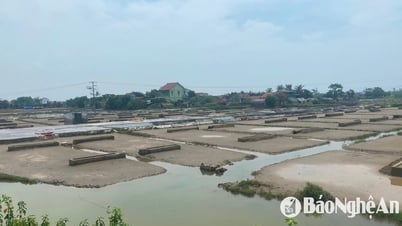



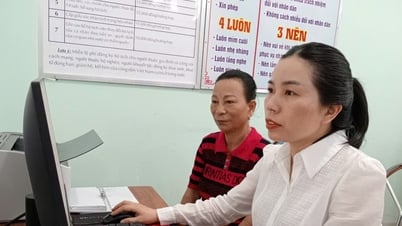


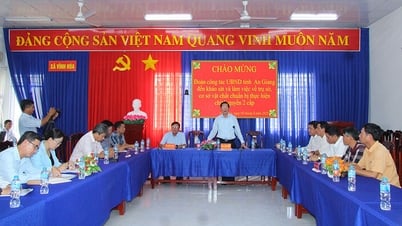

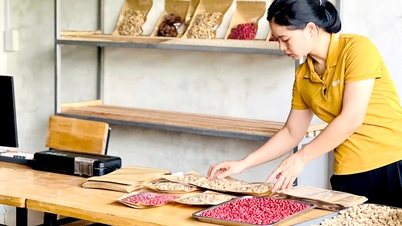









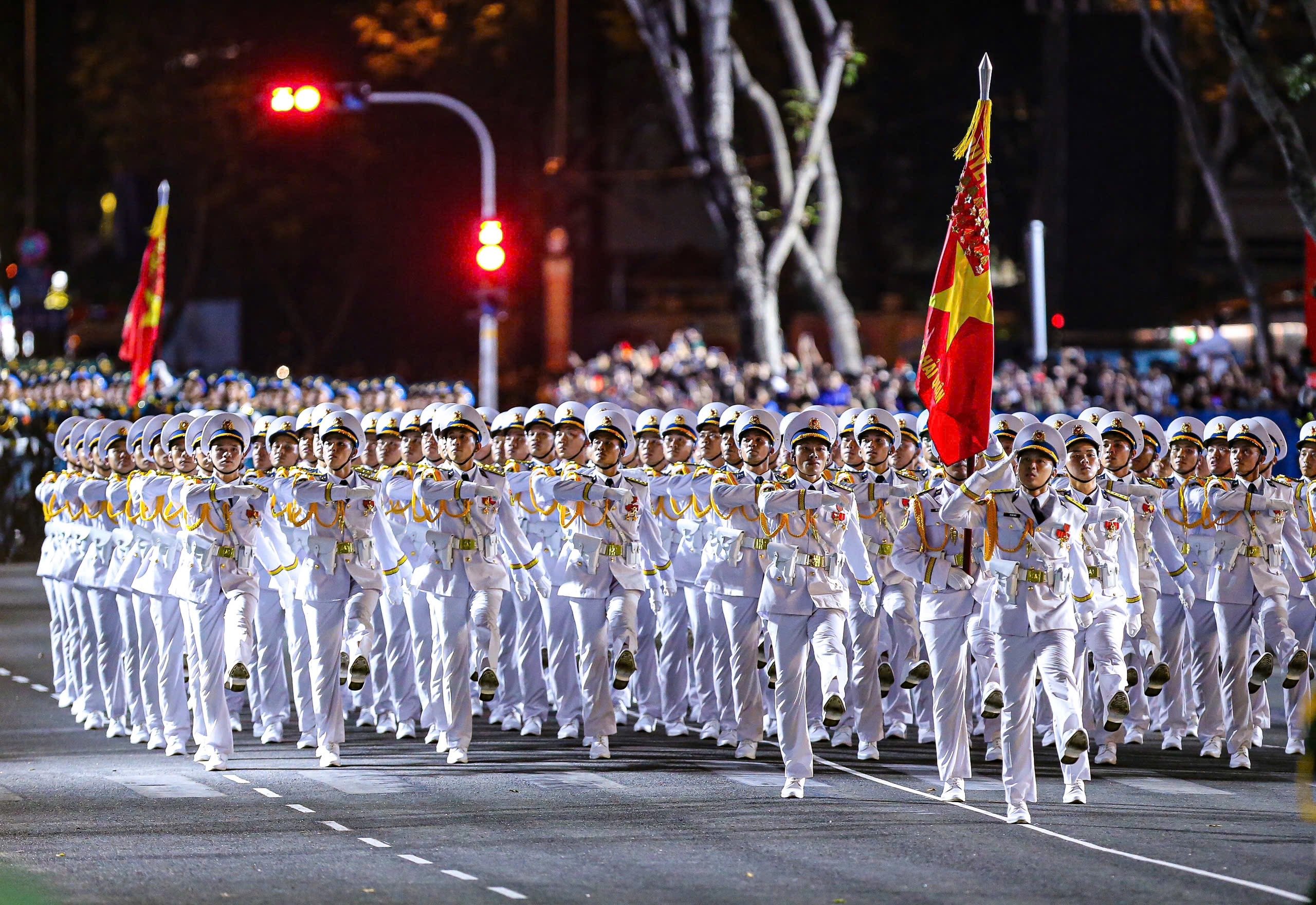
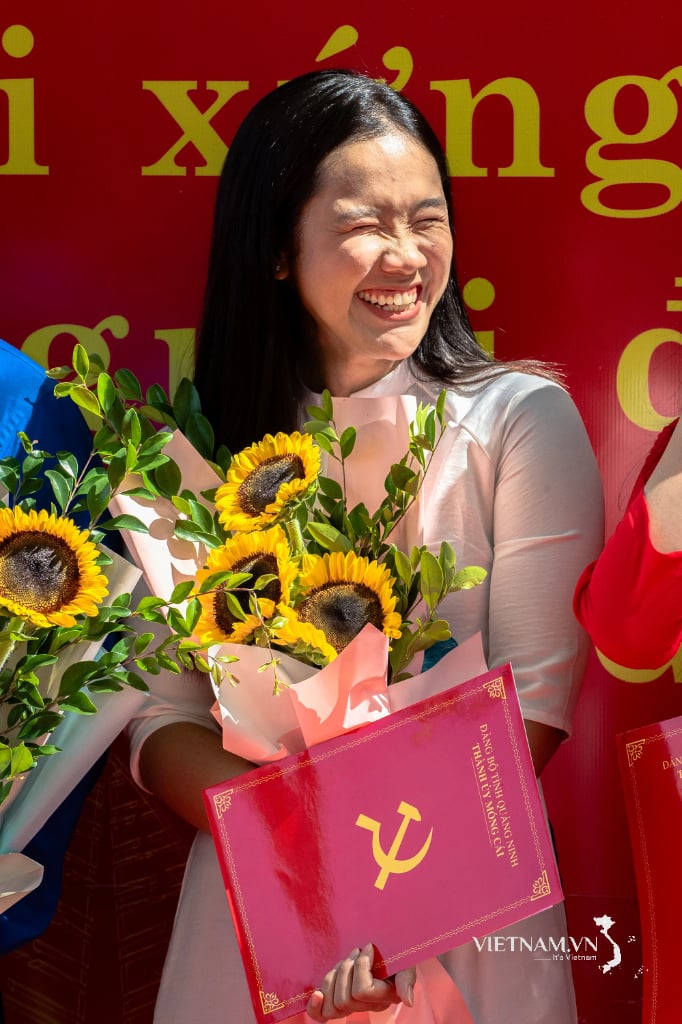

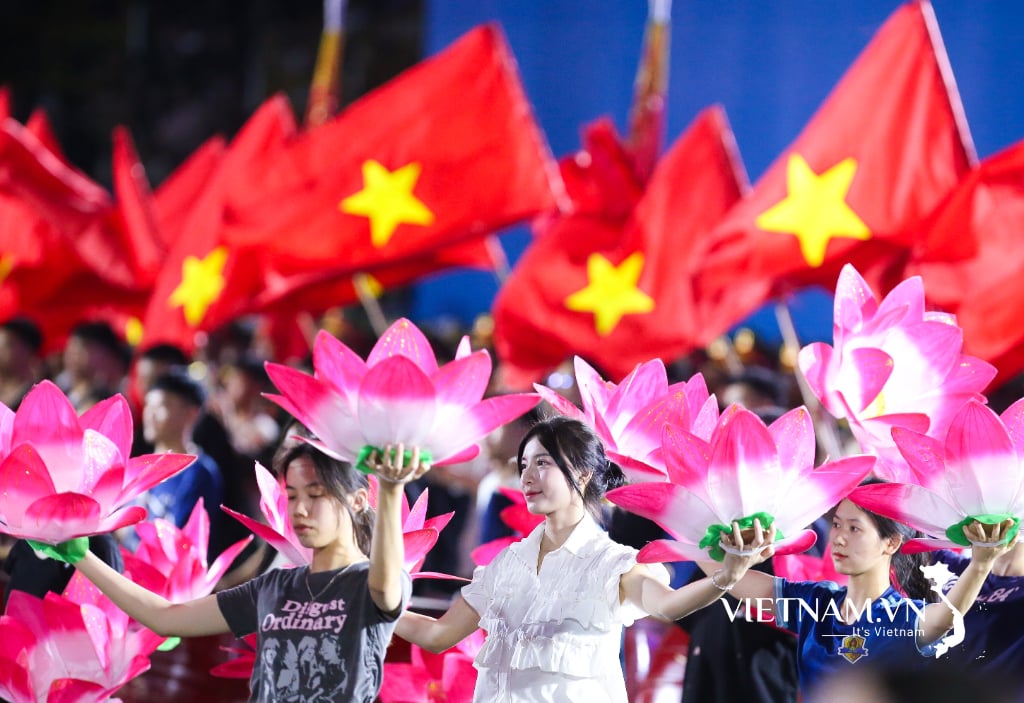
Comment (0)